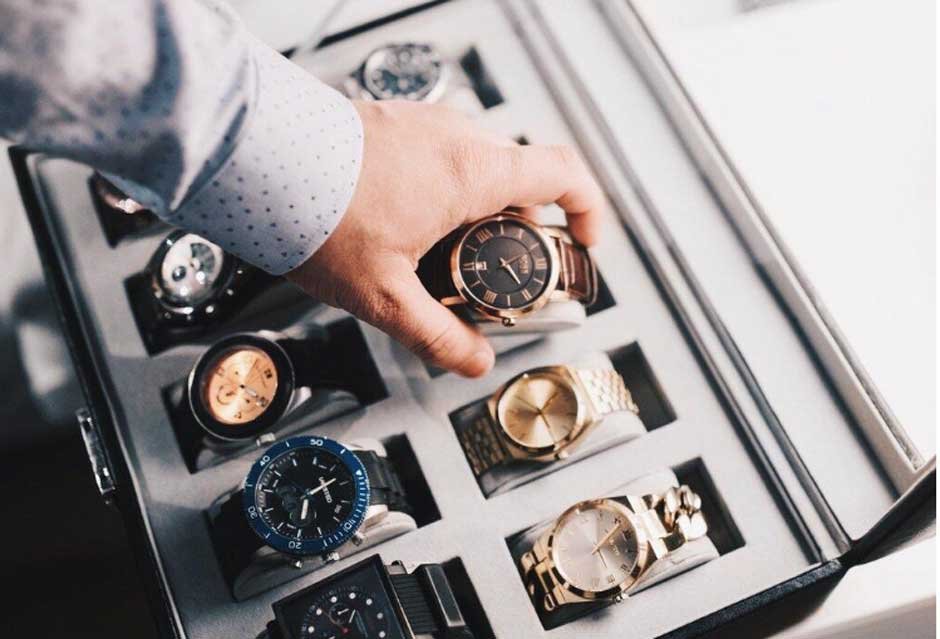Have you ever wondered what keeps your watch ticking every second of the day?
Whether you’re picking out your first watch or adding to a growing collection, knowing how it works makes all the difference. Choosing the right movement isn’t just about style-it affects how your watch performs and how much care it needs.
In this article, you’ll learn the basics in a way that’s easy to understand. By the end, you’ll be one step closer to finding the perfect watch for you.
Mechanical Movement
A mechanical watch uses a mainspring that stores energy when wound. The spring is coiled tightly and slowly unwinds to power the watch. This slow release of energy moves the gears and keeps the time.
Mechanical watches are made up of many small parts. These parts include wheels, gears, levers, and springs. They work together in a precise way to make sure the watch runs smoothly.
The watch must be wound regularly to keep working. If it is not wound, the watch will stop running. Some people enjoy the routine of winding their watches each day.
Automatic Movement
An automatic watch is also powered by a mainspring, but it winds itself. It uses a part called a rotor, which moves as you move your wrist. This motion winds the mainspring and keeps the watch running.
The watch continues to run as long as it is worn often. If you stop wearing it, the power will run out after a day or two. Some people use a watch winder to keep the watch moving when it’s not worn.
Automatic watches are popular with people who like mechanical parts. They offer the same basic design as a manual watch but need less daily care. The moving rotor is built inside and works without effort from the wearer.
Quartz Movement
A quartz watch is powered by a small battery. The battery sends electricity to a quartz crystal inside the watch. The crystal vibrates steadily, which controls the movement of the hands.
Quartz watches are easy to use and require little care. They do not need winding and stay accurate over long periods. Most quartz watches will run for one to two years before the battery needs to be replaced.
The parts inside are electronic and are designed to be simple and strong. Many quartz watches also include extra features like alarms or timers. If you’re unsure which type of timepiece suits your needs, read this watch movement guide for a better understanding.
Time Moves in Many Ways
Watches do more than just tell time-they reflect your lifestyle and taste. Whether you prefer something classic, modern, or in between, knowing what powers your watch helps you make a smart choice. It also adds a deeper appreciation for the design and detail behind each tick.
So the next time you glance at your wrist, you’ll see more than the hour-you’ll see the heart of your watch at work. And that simple knowledge can make every second feel a bit more special.
Was this article helpful to you? If so, make sure to check out our blog for more useful information and resources.







